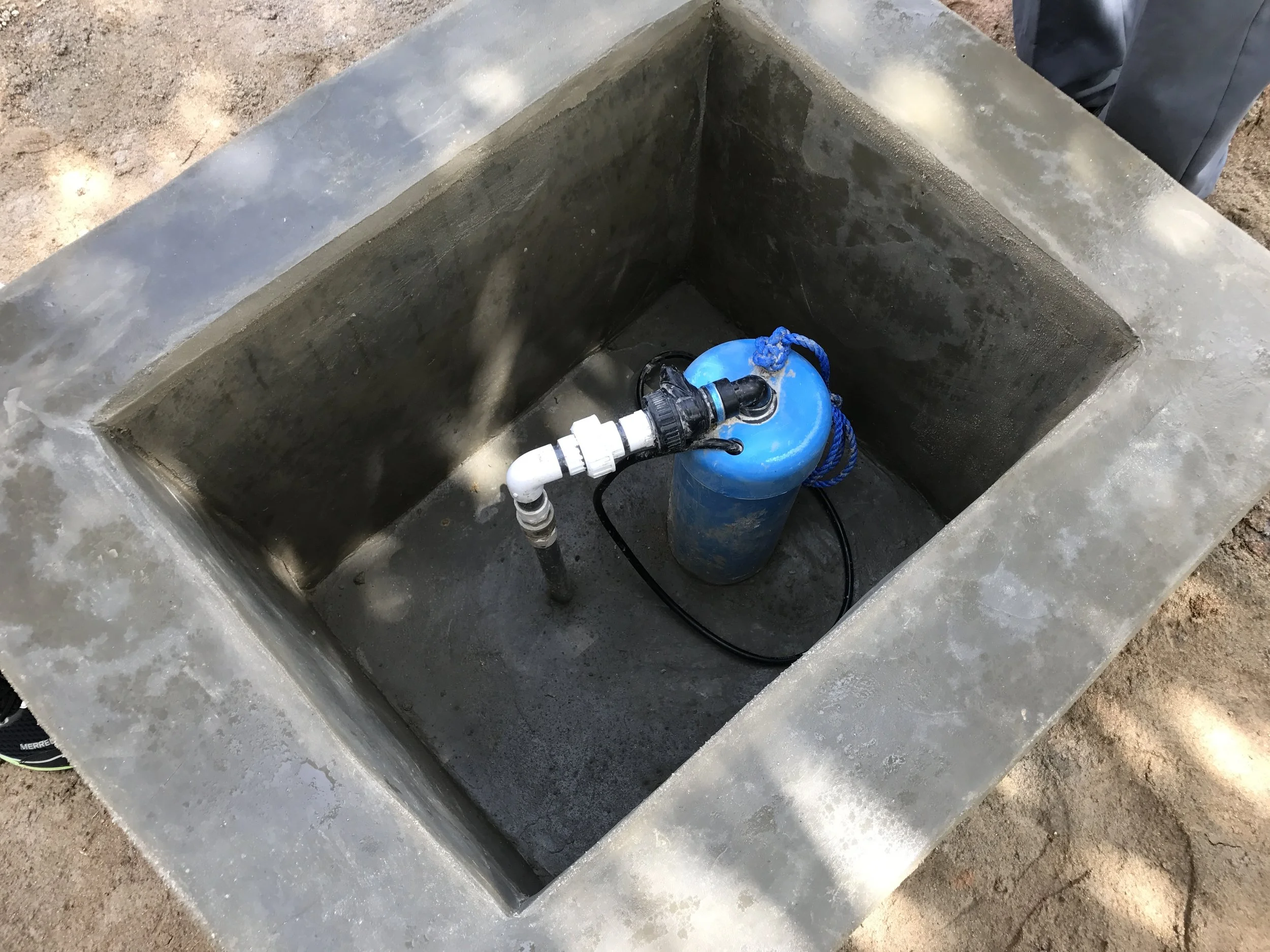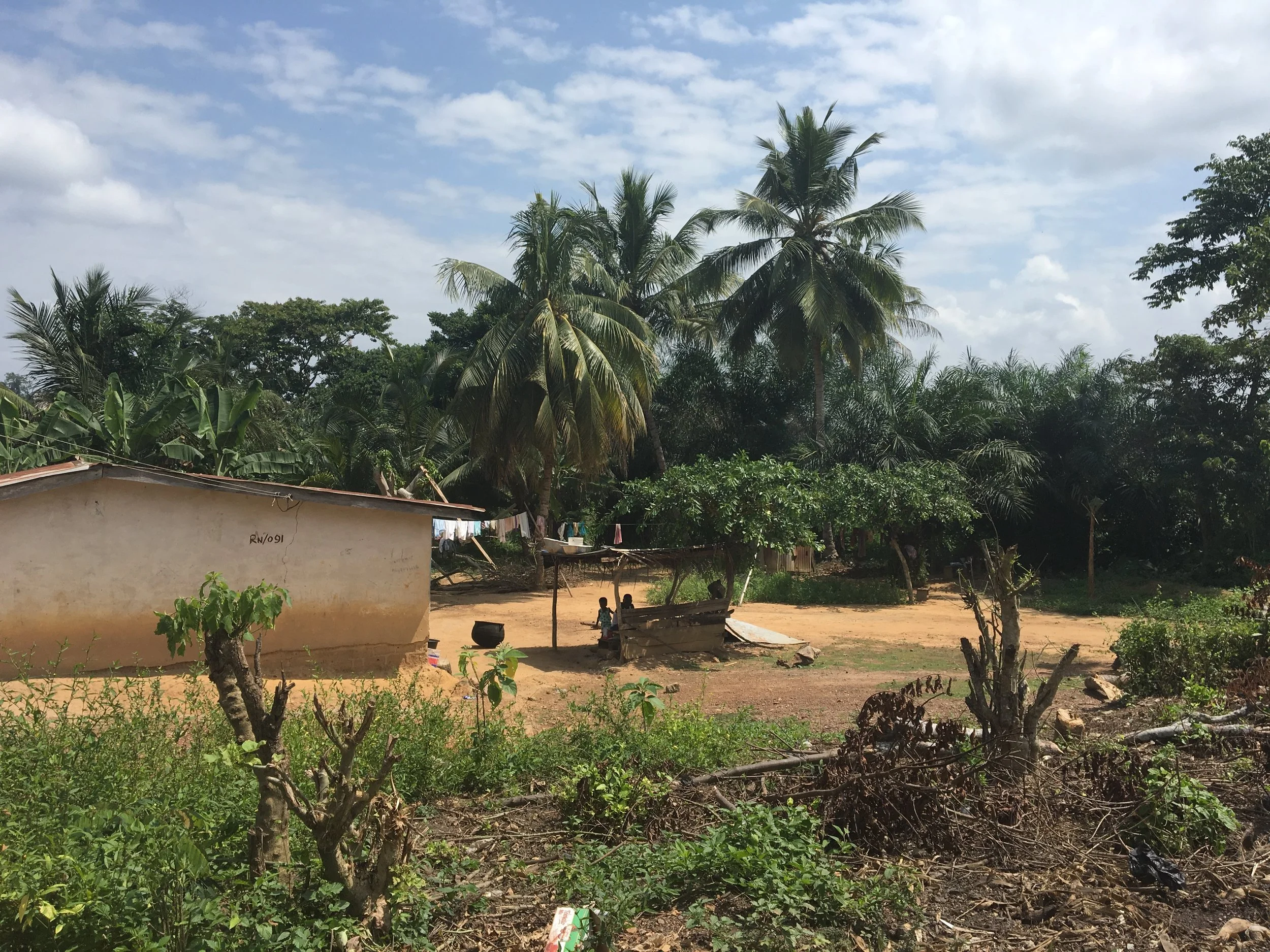HealtH
Health Costs
Current
Most individuals in developing countries are self-employed or work as casual laborers for a wage. This means that when they fall ill there are no sick days. Illness means they cannot work and earn a living. Given that almost a billion people live on less than $1.25 per day, their margins are already razor thin. Illness pushes them deeper into poverty often times leaving them more susceptible to disease.
Future
Possibly even more important than the current costs of poor health are the future costs. Poor health makes it difficult to invest in the future. What we mean by investment is any sort of expenditure that makes someone more productive in the future. The most common form of investment in developing countries is a child’s education. Poor health disproportionately affects children, this typically results in high absenteeism from school. Chronic absences due to illness negatively impact a child’s education, which causes them to earn lower wages as adults. The costs associated with poor health can be quite large. A study in Latin America showed that a child who grew up Malaria free earned up to 50% more per year for his entire adult life. Other investment (in say businesses, farming equipment, etc.) is also hindered by poor health. The low life expectancy in developing countries makes long-term investment unlikely because people do not know if they will live long enough to enjoy the benefits.
Social
Poor health not only harms the individual but also society as a whole. Moving beyond the current and future costs of illness, poor health can be transmitted from one person to another. This means vaccinations and other preventative measures not only improve the lives of the people being treated, but also the lives of the people who live near them.
Preventitive Medicine
Our clinics focus on promoting the use of preventative medicine while still treating any acute illnesses that may arise. We have two main reasons for focusing on preventative medicine rather than curative:
- First, preventative medicine is for the most part cheaper than curative. Using a long-lasting (5 years) insecticide treatment bed net can lower the incidence of malaria by 50% and only costs $5-6. Treating a case of malaria requires four doses of a drug that costs between $2-2.50. This is just one example of the cost effectiveness of preventative medicine. Diarrhea can be prevented for a few cents using chlorine bleach and in the case of infection can be treated effectively using a cheap mixture of salt and sugar.
- Second, illness and malnutrition can severely limit a child's development. Studies in Latin America suggest that a child growing up malaria free will earn 50% more per year during his entire adult life. Diarrhea is not only responsible for 20% of all childhood mortality, but also repeated bouts result in a reduction in both physical and mental development. Giving children access to preventive medicine like chlorine bleach, bed nets, iron fortified flour, and iodine fortified salt can have a significant impact on their development.





2.5+ billion people lack access to latrines and improved water sources which leads to up to 1.6 million deaths per year (source: WHO).